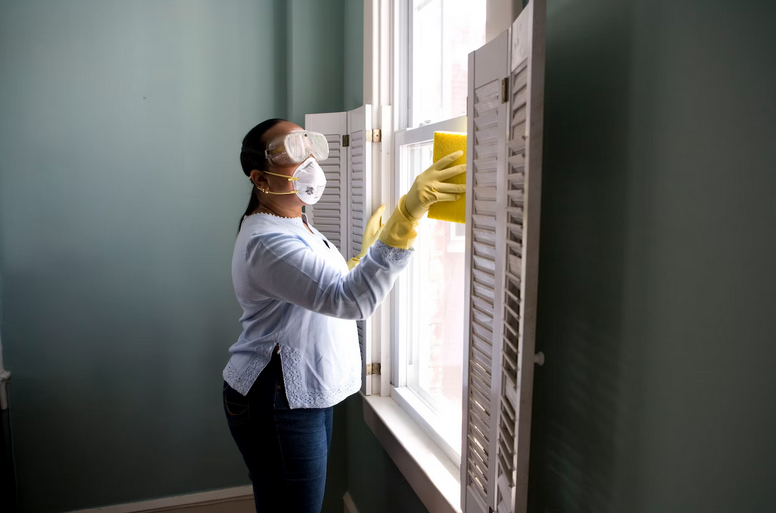
Are you tired of sharing your humble abode with uninvited guests like pesky ants, creepy crawlies, or even furry critters? We’ve all been there. When faced with the dilemma of pest control, many homeowners turn to a popular solution: DIY methods. After all, it is an easy and cost-effective way to tackle the problem head-on. But is it really worth the savings?
In this eye-opening blog post, we will delve into the hidden downfalls of do-it-yourself pest control at home, uncovering why relying on these methods might not be as effective or economical as they seem.
Limited Pest Knowledge

When you take the DIY approach to pest control, you’re essentially going into battle without knowing your enemy. Many pests require specific treatments, and it’s crucial to understand their habits, life cycles, and vulnerabilities. Without the right knowledge, you might end up using the wrong methods or products, which can be ineffective and even harmful. Pest control user forum often offers the required knowledge that can help homeowners effectively get rid of pests without compromising your family’s or employees’ safety.
Inadequate Pest Identification
Different pests call for different measures. Ants, roaches, and termites have distinct behaviors and habitats, and identifying the pest correctly is crucial for effective control. DIY pest control often involves guesswork, which can lead to wasted time, money, and effort on treatments that aren’t tailored to the actual problem.
Misuse of Chemicals
Using chemical pesticides without proper knowledge and precautions can be hazardous. Many over-the-counter pest control products contain harmful chemicals that can harm not only pests but also your family and pets. Misapplication or overuse of these products can lead to dangerous situations. Professionals are trained to handle pesticides safely, minimizing risks.
Temporary Solutions
One of the most significant disadvantages of DIY pest control is that it often results in temporary fixes. You may succeed in eliminating visible pests, but without addressing the root of the problem, the infestation is likely to return. Professionals know how to target the source of the issue, offering long-term solutions rather than just temporary relief.
Lack of Access to Professional-Grade Products

Professional pest control companies have access to a range of products and tools that are not available to the general public. These specialized products are often more effective in dealing with pests and can provide faster, more lasting results. When you go the DIY route, you’re limited to what’s on the shelves of your local store.
Risk of Reinfestation
Another downside of DIY pest control is the risk of re-infestation. If you don’t fully eliminate the pest problem, or if you don’t take preventive measures to keep pests from returning, you’re setting yourself up for a vicious cycle. Reinfestations can lead to more expenses and frustration down the road.
In the world of home improvement, there are plenty of tasks that are perfect for the DIY enthusiast. However, when it comes to pest control, it’s essential to recognize the disadvantages of going it alone. Limited pest knowledge, inadequate pest identification, the misuse of chemicals, temporary solutions, lack of access to professional-grade products, and the risk of reinfestation all make a strong case for calling in the professionals.




